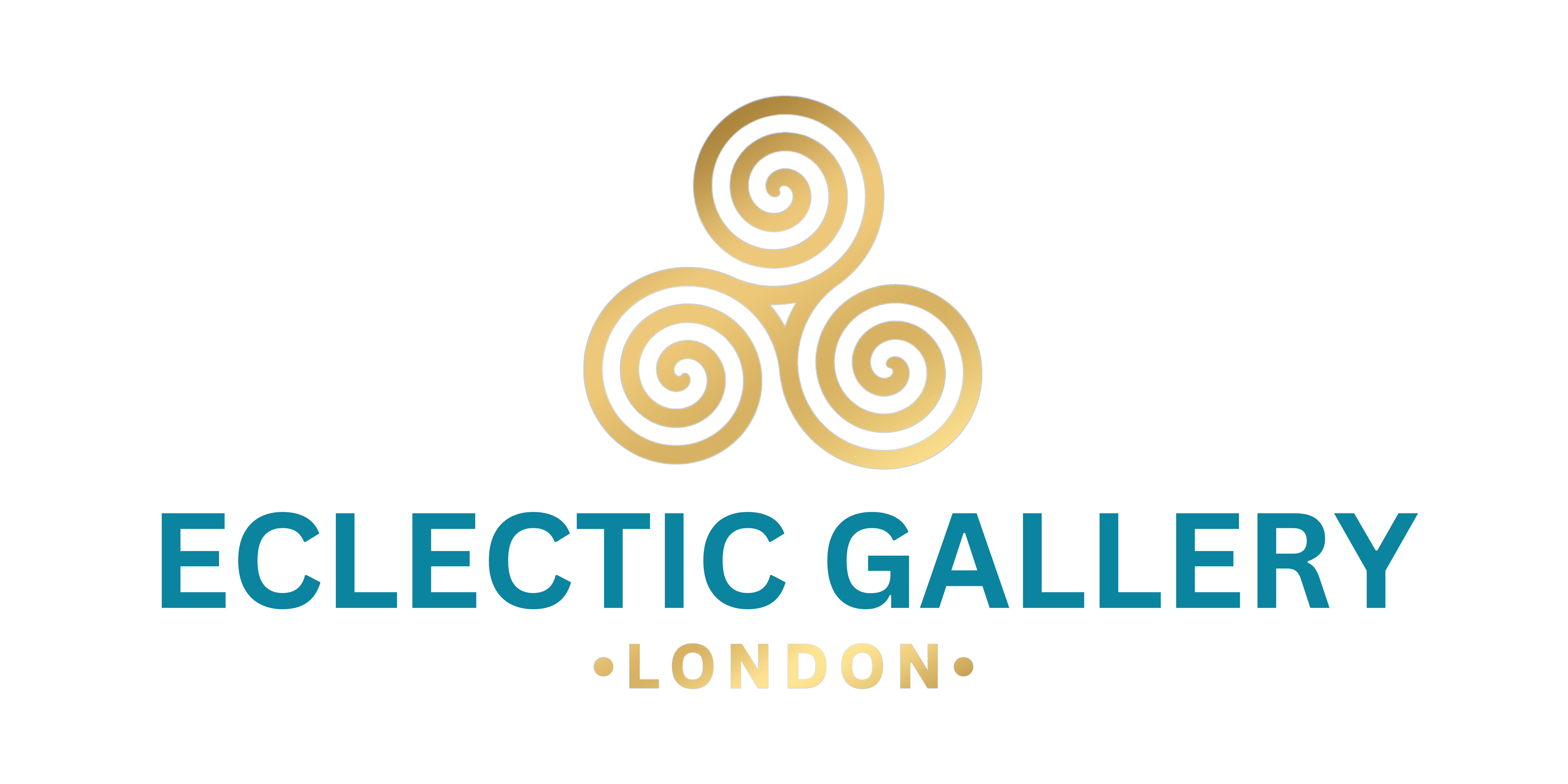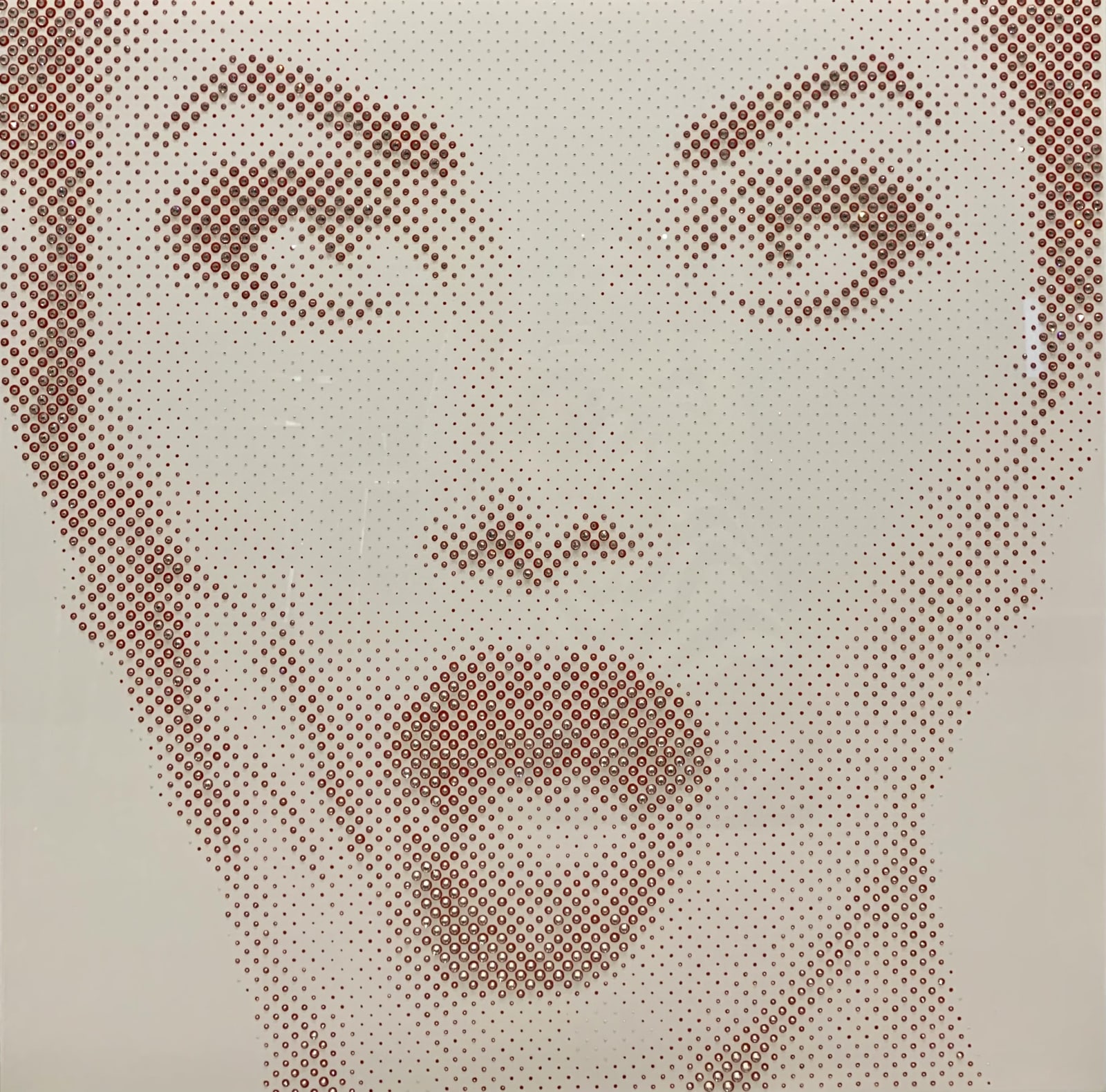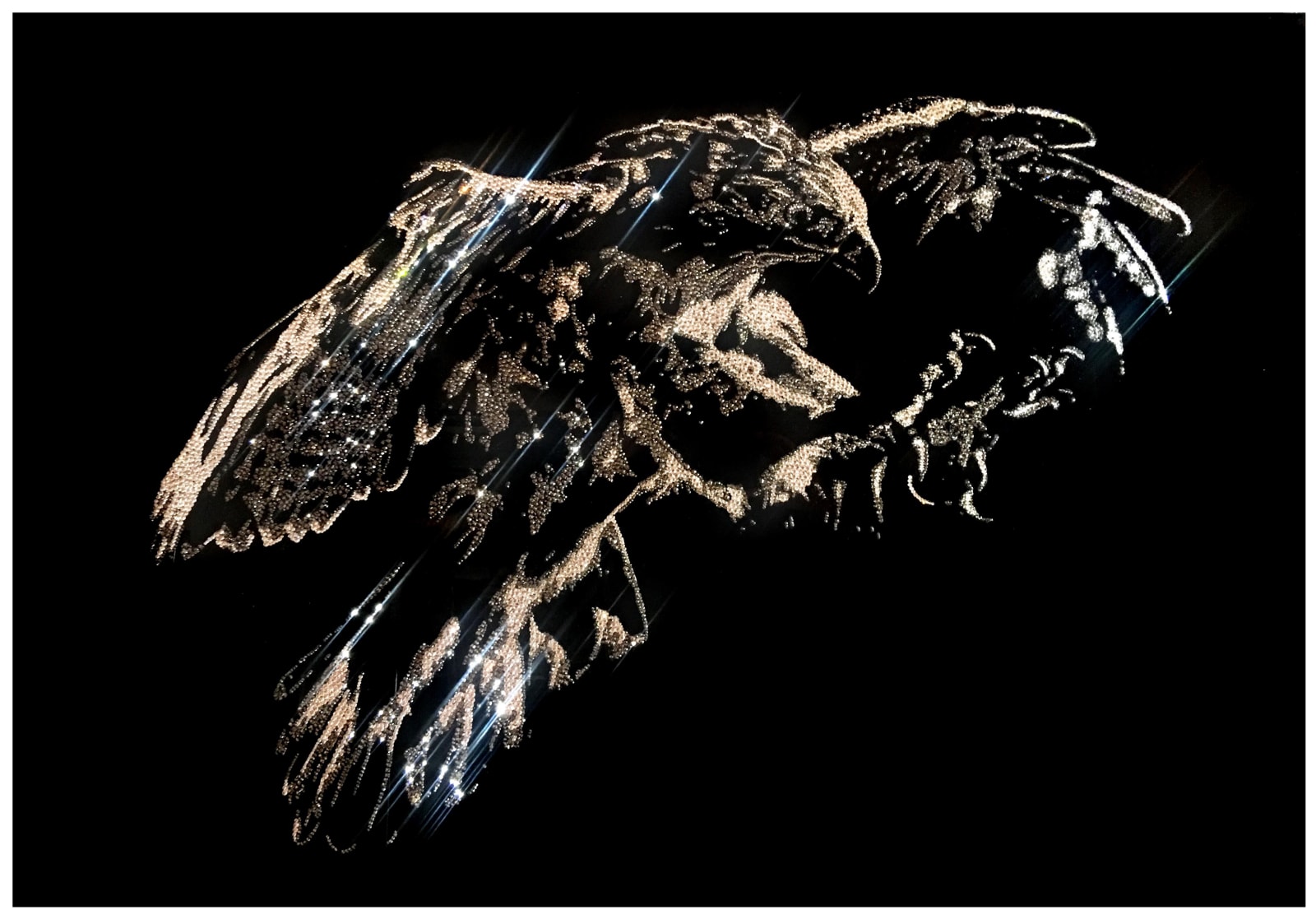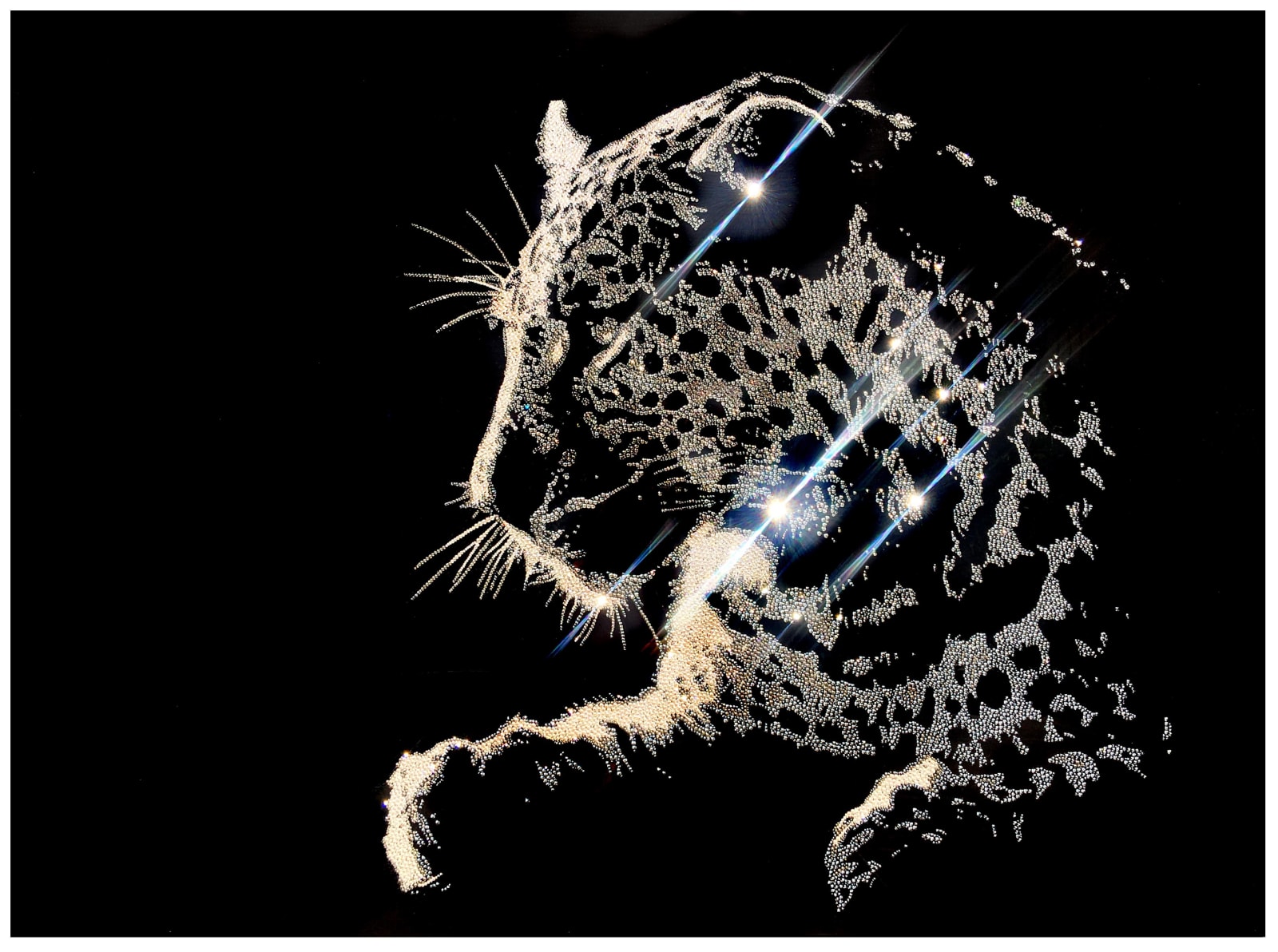Pop art has left an indelible mark on the contemporary art scene, shaping its evolution and contributing to its vibrant diversity. Stemming from the rebellious spirit of the 1950s and 1960s, pop art challenged traditional notions of art by incorporating elements of popular culture into its aesthetic lexicon.
At the forefront of this movement were artists like Andy Warhol, Roy Lichtenstein, and Robert Rauschenberg, who blurred the boundaries between high and low culture, elevating everyday objects and images to the status of art. Their bold use of colour, iconic imagery, and mass production techniques revolutionized the art world, paving the way for the emergence of contemporary art as we know it today.
While pop art remains a pivotal influence on contemporary art, the two are not synonymous. Contemporary art encompasses a broader range of styles, themes, and techniques, reflecting the ever-changing landscape of artistic expression in the 21st century. While pop art is characterized by its celebration of consumer culture and mass media imagery, contemporary art encompasses a diverse array of practices, from traditional painting and sculpture to new media, performance art, and conceptual installations.
One artist who embodies the spirit of pop art within the contemporary art scene is Roberta Diazzi, represented by Eclectic Gallery. Roberta's work bears the unmistakable influence of pop art, with its bold colours, graphic compositions, and playful imagery. However, what sets her apart is her innovative use of Swarovski crystals, which she painstakingly places by hand to create her subjects.
Roberta's art is a fusion of traditional pop art aesthetics and modern craftsmanship, marrying the nostalgia of the past with the luxury of the present. Her meticulous attention to detail and her use of sparkling crystals elevates her work beyond mere homage to pop art, infusing it with a sense of glamour and sophistication.
In exploring the intersection of pop culture and art, it becomes clear that the influence flows both ways. Pop culture not only inspires artists but also reflects the cultural zeitgeist, serving as a mirror to society's values, desires, and anxieties. From music and fashion to film and advertising, pop culture permeates every aspect of our lives, shaping our collective consciousness and influencing artistic expression.
The contemporary art movement, meanwhile, is influenced by a myriad of factors, including globalization, technology, social change, and cultural exchange. Artists draw inspiration from a wide range of sources, blending traditional techniques with contemporary themes to create works that are both timeless and timely.
While pop art remains firmly rooted in the past, its legacy continues to resonate in the world of contemporary art. As artists like Roberta Diazzi reinterpret its iconic imagery for a new generation, pop art's influence endures, reminding us of the enduring power of popular culture to shape our understanding of the world around us.
In the realm of postmodernism, pop art occupies a unique position, serving as a precursor to many of its key themes and concepts. Both movements share a fascination with mass media, consumer culture, and the commodification of art, challenging traditional notions of authorship, originality, and authenticity. However, whereas pop art emerged in response to the optimism of the postwar era, postmodernism is characterized by a sense of disillusionment and scepticism towards grand narratives and universal truths.
In conclusion, the intersection of pop culture and art is a rich and fertile ground for exploration, offering endless possibilities for creativity and innovation. Whether through the playful nostalgia of pop art or the subversive critique of postmodernism, artists continue to draw inspiration from the world around them, pushing the boundaries of artistic expression and challenging our perceptions of what art can be.





